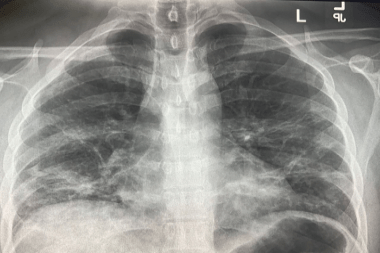Urgent message: Previously JUCM-published research revealed that even very low risk for a major adverse cardiac event left clinicians uncomfortable with discharging patients per 2018 ACEP guidelines. What can be learned from a follow-up study reflecting the updated version? Rebekah Samuels, OMS-III; Francesca Cocchiarale; Samidha Dutta, DO, PGY-3; Jarryd Rivera, MD; Amal Mattu, MD; Michael Pallaci, DO; Paul Jhun, MD, FAAEM; Jeff Riddell, MD; Cameron Berg, MD; and Michael Weinstock, MD. Citation: Samuels R, Cocchiarale …
Read More









